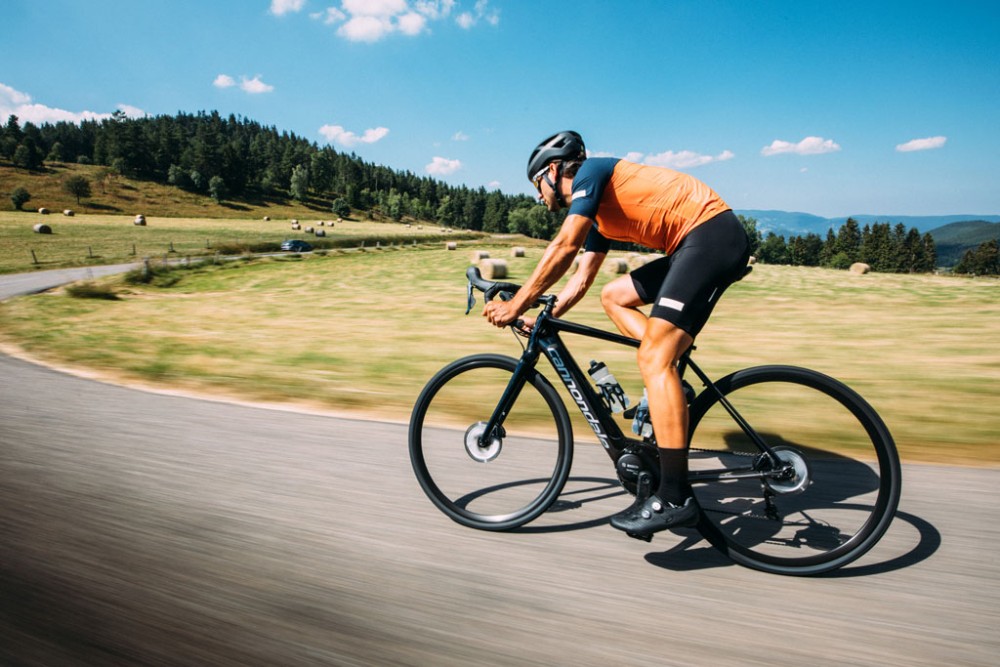For years we have heard that cycling is a sport in which progressing to a good level involves years of training, growing from one season to the next and acquiring qualities that make us evolve. However, within the same season, great improvements in level can be achieved simply by moving from just pedaling to structured training.
Often cyclists are at least not fully aware of how much our fitness varies over the course of a single season. It is true that in winter, after a short break in the autumn, when we get back into the habit of cycling, but the weather and the limited daylight hours make it more difficult, we all know that we ride much less than when the change to daylight saving time arrives and we are able to make the most of our weekday afternoons cycling.
However, modern training techniques and metrics used to quantify the evolution of a cyclist have made it possible to quantify how much form varies over the course of a single season.
Regarding the question we started the article with, the truth is that there is no single answer since our margin of improvement will vary greatly depending on many parameters such as the number of years we have been cycling, the type of training we do, our age or our innate qualities.
Let’s start with those more advanced cyclists, who have been training for years in a planned way and compete regularly. For them the improvement from one year to another will be very very limited, even within the same season from winter to peak form, even if there is a significant difference throughout the season that, with discipline and respect for training could be up to 10% if we talk about one of the main measures of reference to establish the level of a cyclist as is the functional threshold of power or FTP.
Those who can notice big changes in the same season are those who are starting out in cycling. As we like to say to people who see our sport from the outside, cycling has the advantage that it is very grateful and, when the level of fitness is low, if we have a little continuity, adaptations occur quickly, especially at the cardiovascular level.
That is why many plans for beginners are limited to creating a habit of going out to ride bikes, gradually increasing the volume. This alone will give the rider a base from which to progress.
Speaking in terms of FTP, different coaches talk about improvements, when starting from a very low level, of up to 20%, not in one season but in a few months. This is one of the reasons why cycling is gaining followers at a tremendous rate.
In a relatively short time it is easy to be doing routes lasting several hours. However, we must also remember one of the maxims of training: what you gain quickly, you lose quickly.
To consolidate these adaptations, it will be necessary to maintain progression and continuity. This is where planned training, even if it is for someone at a low level, will help lay the foundations for progressing as a cyclist, not just in a single season but from one year to the next.
That’s where it’s time to recommend to cyclists not to be in a hurry to burn stages and to grow little by little and establish a form that, in the long run, the body will keep forever.
In fact, it is something that is well known to those who have had a good level on the bike, for whatever reason have had to stop riding for a season and, when they return, soon after they are able to regain a level close to what they had before.
In short, bicycles allow us to evolve very easily, but if you really want to make a big leap in quality, the answer is to put yourself in the hands of a trainer who will guide you through training with a progression appropriate to your level, time available, personal conditions, age, etc. and with proper planning to achieve the best form at the time of year you want: those vacations with the bike to visit famous mountain passes, that cycling tour that everyone talks about, or simply maintain a constant level to enjoy the outings with the group without having to wait after each climb.
Source: www.brujulabike.com

